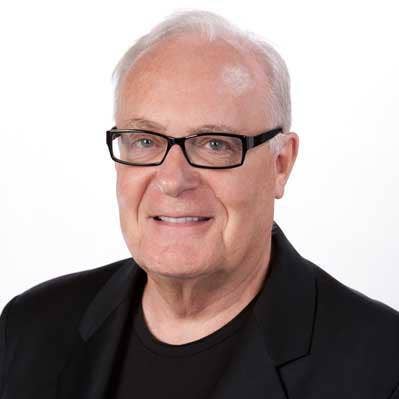Qualys’ Philippe Courtot Takes Medical Leave; Interim CEO Named
Longtime Qualys CEO Phillippe Courtot is temporarily stepping aside to address non-COVID health issues, with President and Chief Product Officer Sumedh Thakar stepping up to lead the cloud security vendor.

Longtime Qualys CEO Phillippe Courtot is temporarily stepping aside to address non-COVID health issues, with top deputy Sumedh Thakar stepping up to lead the organization.
The Foster City, Calif.-based cloud security vendor appointed President and Chief Product Officer Thakar Sunday to serve as interim CEO and a director on the company’s board. Thakar was praised by Qualys Lead Independent Director Sandra Bergeron for his in-depth experience, customer-oriented mindset and success in transforming the Qualys Platform and product strategy.
“On behalf of Qualys‘ Board and all of our employees, we wish Philippe a speedy recovery,” Bergeron said in a statement. “As a part of our ongoing succession planning, the Board previously identified Sumedh as the right person to assume interim leadership of the company in an event such as this.”
[Related: Qualys Buys Software Assets Of Cloud Security Startup Adya]
Qualys’ stock is down $6.60 (5.62 percent) in after-hours trading Wednesday to $110.90 per share, which is the lowest the company’s stock has traded since Dec. 17. The company also announced its earnings after the market closed, with sales for the quarter surging by 12 percent to $94.8 million while net income climbed by 15.3 percent to $23.8 million, or $0.59 per diluted share.
Courtot, 75, became Qualys’ chairman and CEO in March 2001, just two years after the company was founded, and also served as the company’s president for most of the past decade until Thakar was promoted to that role. Prior to joining Qualys, Courtot was a serial entrepreneur, serving as chairman and CEO of electronic payment startup Signio, which was acquired by VeriSign in 2000 for $1.3 billion.
Thakar, 44, joined Qualys in February 2003 as a principal engineer and has worked his way up the ranks since then, becoming vice president of engineering in December 2010, chief product officer in June 2014 and adding the president role to his responsibilities in October 2019. Thakar holds a Bachelor of Computer Science degree from the University of Pune, India.
“My thoughts are with Philippe and his family,” Thakar said in a statement. ”In his absence, I am honored to serve as Qualys‘ interim CEO. I look forward to working closely with the Board, as well as our talented employee team to continue building on our strong business momentum and drive the company vision forward.”
Courtot took Qualys public in October 2012, raising $90.9 million in a Nasdaq initial public offering that valued the company at $360.6 million. Today, Qualys is worth $4.58 billion after growing annual sales to more than $360 million and its headcount to more than 1,500 employees.
In 2020, Courtot and Thakar rolled out a Vulnerability Management, Detection and Response offering that automates the entire process across on-premises, endpoints, cloud, mobile, containers, OT and IoT environments. The company debuted Container Runtime Security to provides deep visibility and runtime app protection across traditional server-based containers and new container-as-a-service environments.
Courtot was born in Nazi-occupied France in 1944, earned a masters degree in physics from the University of Paris, immigrated to the United States in 1981, and has lived in Silicon Valley since 1987. As CEO of Thomson CGR Medical in 1986, Courtot received the Benjamin Franklin Award for his role in the creation of a nationwide advertising campaign promoting the life-saving benefits of mammography.
Then in 1988, Courtot founded cc:Mail and turned it into the dominant e-mail platform provider, achieving a 40 percent market share before selling it to Lotus for $55 million in 1991. In 1993, Courtot was named President and CEO of enterprise knowledge retrieval firm Verity, leading the company through an initial public offering in 1995 before stepping down two years later and joining Signio.